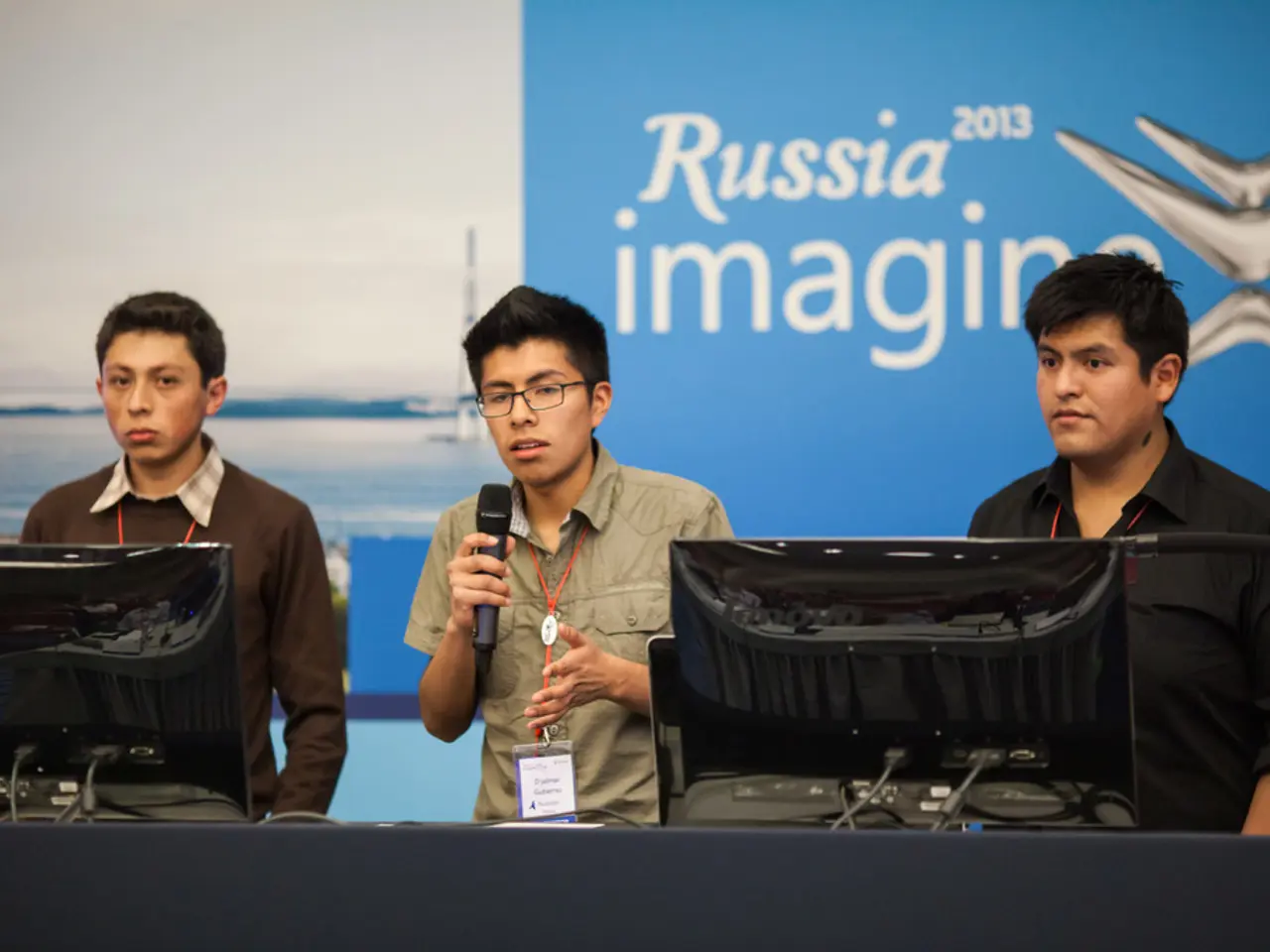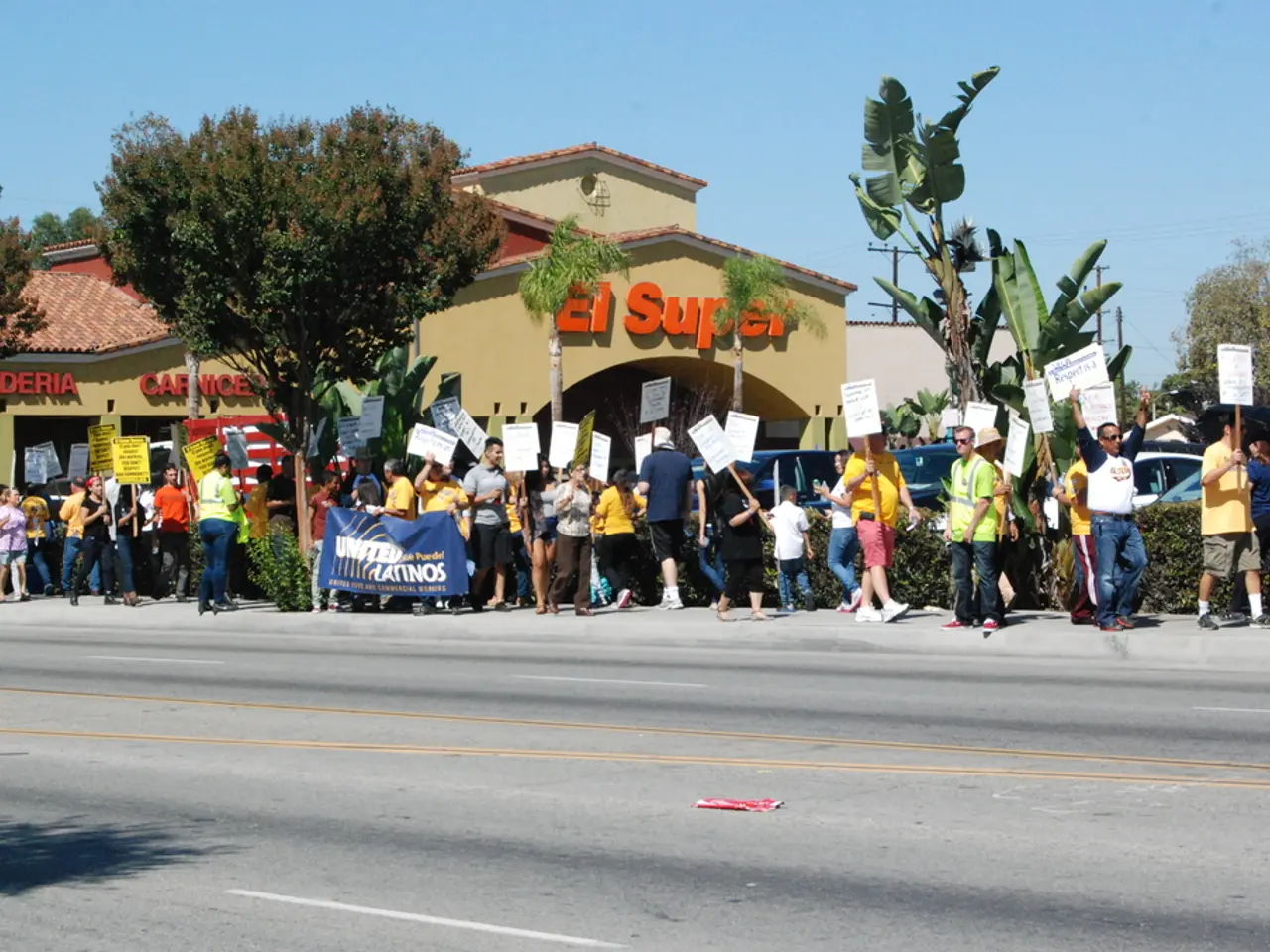Struggle for the soul's dominion
In the tumultuous years between 1933 and 1938, Ukraine witnessed a cultural and religious upheaval under the Soviet regime. This period, now known as the Executed Renaissance, marked a calculated effort to annihilate the spirit of Ukraine.
Churches were razed or repurposed into museums of atheism, religious education was banned, and faith became a punishable offence. The aim was not merely to conquer Ukraine, but to remake it in Moscow's image, erasing any trace of a people whose history, beliefs, and traditions stood in the way of Soviet imperial uniformity.
Traditional holidays were outlawed and replaced with Communist festivals. Folk traditions were suppressed, local publications shuttered, and artistic expression reduced to propaganda. Ukraine's cultural landscape was flattened into a grey Soviet monotone.
The Holodomor, an engineered famine from 1932-1933, was another form of violence inflicted on Ukraine. This cultural replacement was not just about censorship; Stalin aimed to ensure future generations never heard Ukraine's voice.
Stalin's assault on the Ukrainian language was another front in his campaign to obliterate the nation's soul. Ukrainian-language schools were closed, textbooks rewritten or destroyed, and Ukrainian pushed out of public life.
Two significant figures embodying and preserving Ukrainian national identity were targeted during this time: the Executed Renaissance and the kobzars. The Executed Renaissance refers to a generation of Ukrainian intellectuals—poets, playwrights, artists, and scholars—who were brutally targeted between 1933 and 1938. Many were executed, imprisoned, or silenced as part of a regime effort not just to punish individuals but to destroy the very idea of Ukrainian identity.
Kobzars, itinerant blind musicians who played the traditional kobza instrument and conveyed Ukraine’s historical memory and identity through song, were also singled out. Seen by Stalin’s regime as an “incorrigible nationalist element” whose narratives conflicted with Soviet ideology, hundreds of kobzars were deceived into attending a Soviet congress in 1930, then taken to a forest and executed. This action deliberately destroyed a key cultural tradition that preserved Ukrainian history and resistance to Russification.
Cities were renamed, erasing historical references and replacing them with Soviet icons. In 1946, Stalin orchestrated a sham "synod" in Lviv, forcibly "merging" the Ukrainian Greek Catholic Church into the Russian Orthodox Church.
Despite decades of attempted erasure, Ukraine's churches, languages, and cultural expressions have not only survived, they have revived. Today, Ukraine faces another imperial assault, this time from Putin's Kremlin. The lessons of the Executed Renaissance and the kobzars serve as a stark reminder of the importance of preserving cultural identity in the face of oppression.
[1] "The Executed Renaissance: Ukraine's Lost Generation." The Ukrainian Weekly. 2018. [2] "The Kobzars: Ukraine's Cultural Martyrs." The Kyiv Post. 2015. [3] "Stalin's War on Ukraine: Moscow's Imperial Project." The Jamestown Foundation. 2014. [4] "The Soviet De-Ukrainisation Campaign." The Ukrainian Institute. 2020.
- The Executed Renaissance, a tragic era in Ukrainian history between 1933 and 1938, was marked by the annihilation of cultural identity as political powers sought to remake Ukraine, suppressing general news, arts, and education.
- In an attempt to erase any traces of Ukrainian identity, the Soviet regime targeted cultural figures like the kobzars, itinerant musicians whose traditional songs were a testament to Ukraine's history and resistance, as part of a larger effort in war-and-conflicts to impose a uniform Soviet identity.







